The Evolution Of Triage.
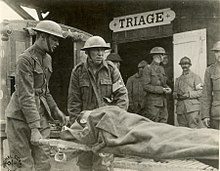
Military medicine has come a long way since the days when injured soldiers were left on the battlefield, waiting for help that came only once the fighting had stopped.
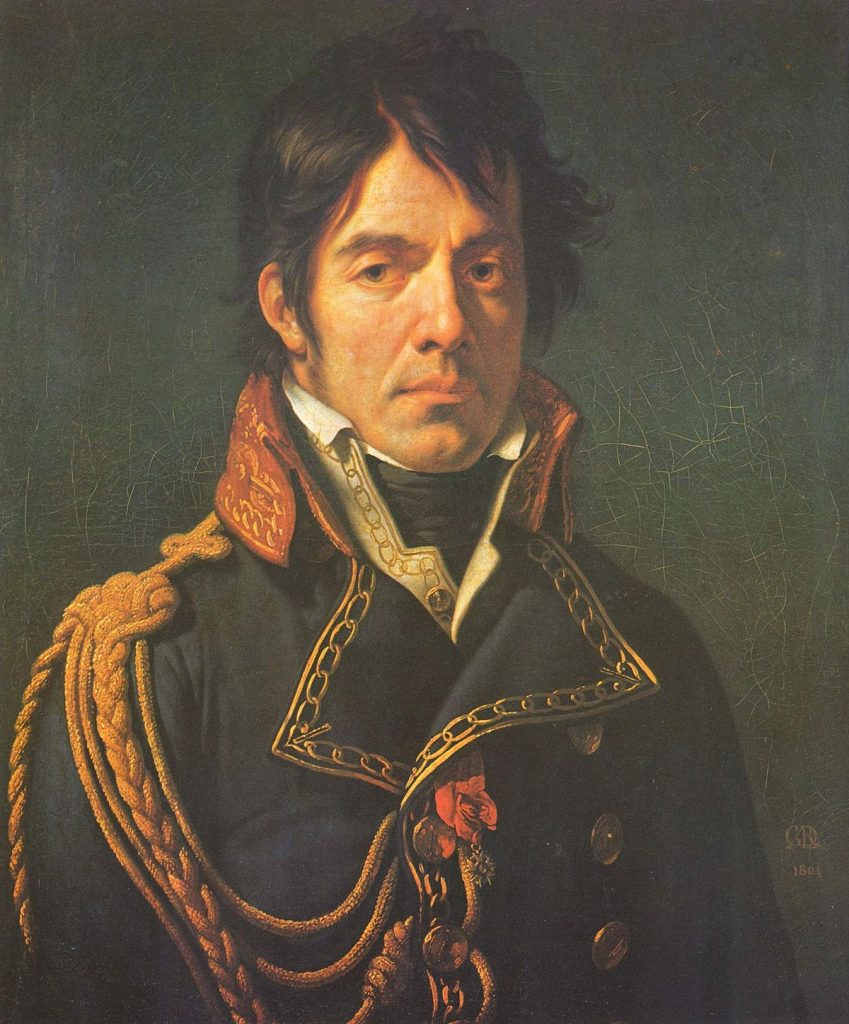
Military surgeons know understood that the best hope for severely wounded soldiers was to be treated as soon as possible. But until the late 18th century, combat officers had to be persuaded that it was worth risking the lives of healthy soldiers to rescue the wounded.
Napoleon’s chief surgeon Dominique Larrey (1766–1842) was the first to set up a dedicated corps for removing the injured during battle. His ‘brancardiers’ (stretcher-bearers)removed the wounded from the battlefield and transported them to treatment at makeshift dressing stations.
Larrey also devised the ‘flying ambulance’ to evacuate the wounded from the battlefield. Once the brancardiers located an injured soldier they took him to an ambulance wagon.
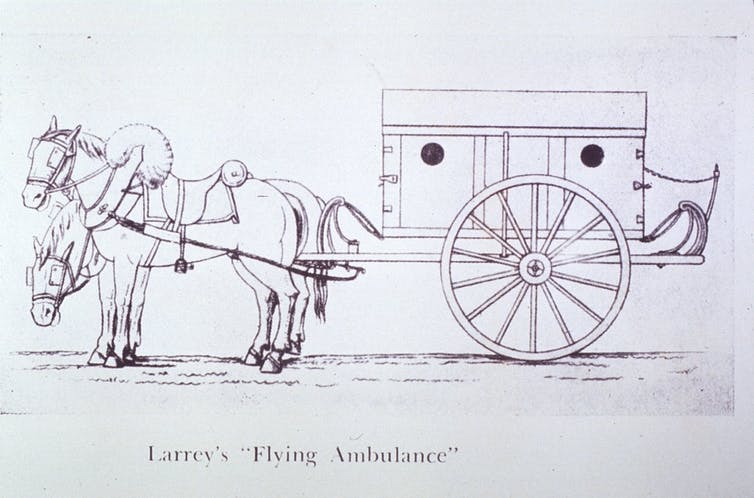
The flying ambulance was more than a mode a of transport. It was a mobile treatment centre with medical staff, equipment and padded mattresses to lay the wounded. The horse-drawn vehicle was called the ambulance wagon.
The flying ambulance was a field station in the war zone, treating the wounded on site then transporting the seriously wounded to field hospitals for further treatment and care.
Larrey made many important innovations in medicine in the war zone. He realised that an organised system of military medicine would save the lives of soldiers so that they might fight another day.
From the chaos to the triage.
The triage system is a way to direct medical staff and resources to where they will be most effective. The wounded are assessed as they arrive at the dressing station and prioritised for treatment according to the severity of their injuries. Triage was first used by Dominique Larrey in the Napoleonic Wars, and it is still used today in busy Accident and Emergency departments as well as in combat.
By the end of a major battle, medical teams are overwhelmed by the sheer number of casualties arriving at a field station on foot, or brought by stretcher-bearers and in ambulances. Without a systematic way to receive the wounded, things can very easily descended to chaos.
Triage in WW1.
The modern triage system was developed in the First World War when the only way to cope with the sheer numbers of casualties was to have an efficient administrative system that identified and prioritised injuries as they arrived. The system could be varied depending on the nature and scale of casualties.
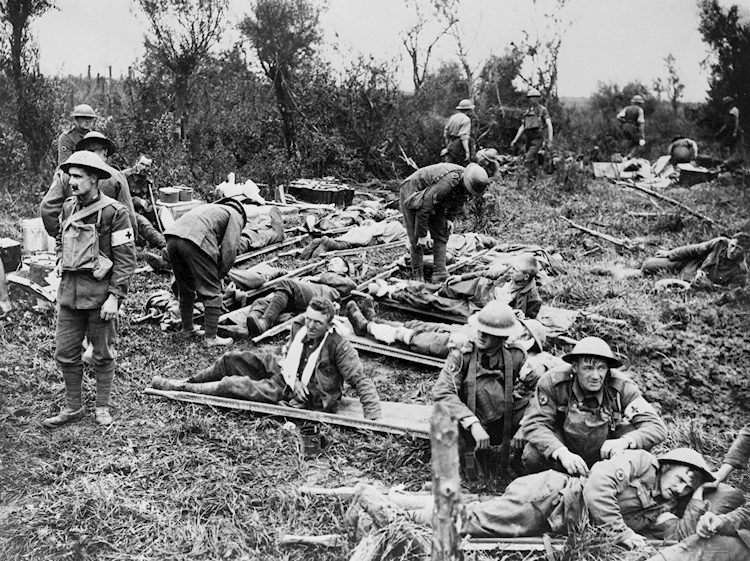
The wounded were divided into three categories that could be summed up as ‘trivial, treatable and terrible’. Soldiers with minor injuries were treated quickly and returned to the front line. Those with more serious but still treatable injuries were ‘patched up’ enough to be transported to the base hospital. Those with little chance of recovery were given pain relief, usually opium or morphine, and seen by the surgeons when the other categories had been cleared.
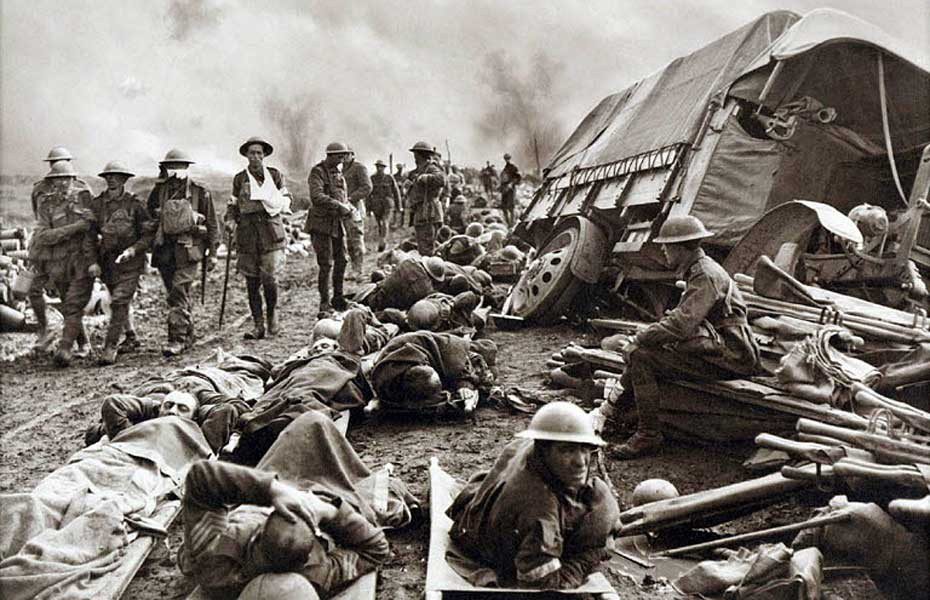
The system was only effective if patients were dealt with quickly and constantly reassessed while waiting for treatment, because a ‘treatable’ case might become a ‘terrible’ case if the patient had to wait too long for attention.
Triage brought organisation and efficiency to urgent medical care, and after the First World War, it became standard practice in military medicine.
A reliable transport network for moving the wounded away from the front line is essential to military medicine.
During the First World War, dressing stations at the front lines could treat most of the ‘walking wounded’, but those with more serious injuries had to be transported further away to field stations with more facilities. And those with serious injuries had to be transported to base hospitals once their condition was stable enough for travel.
For the British Armed Forces, the need for such systems had been learned through painful experience. For example, the catastrophic failure of medical systems during the Crimean War (1853–56) demonstrated the vital importance of a good transport network.
Over the years, every available mode of transport, animal and mechanical, has been used to transport the wounded from the war zone. In addition to good transport, mobile and portable equipment has helped medical teams to treat the injured while on the move.
The chain of evacuation.

As with much of military medicine, significant advances in the movement of injured troops came in the First World War, with better infrastructure for medical transportation in a system called the ‘chain of evacuation’. This network of medical transport took an injured soldier from the front line to the dressing station, then on to a field hospital and if necessary, to the base hospital.
Armies at different times and locations have used a variety of systems and modes of transport, but the objective remained the same: to get the injured to treatment as quickly as possible.
The principle of the chain of evacuation is still in use. It has kept up with improvements in global transport. In the Second World War (1939–45), aeroplanes were increasingly used to send the seriously wounded to base hospitals, alongside motorised vehicles, trains and ships.
Extracted from articles, Science Museum

